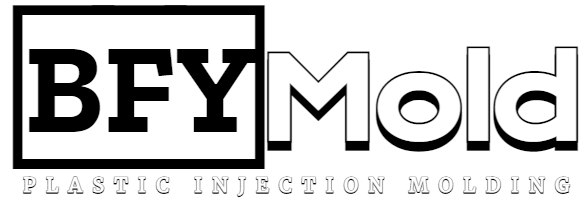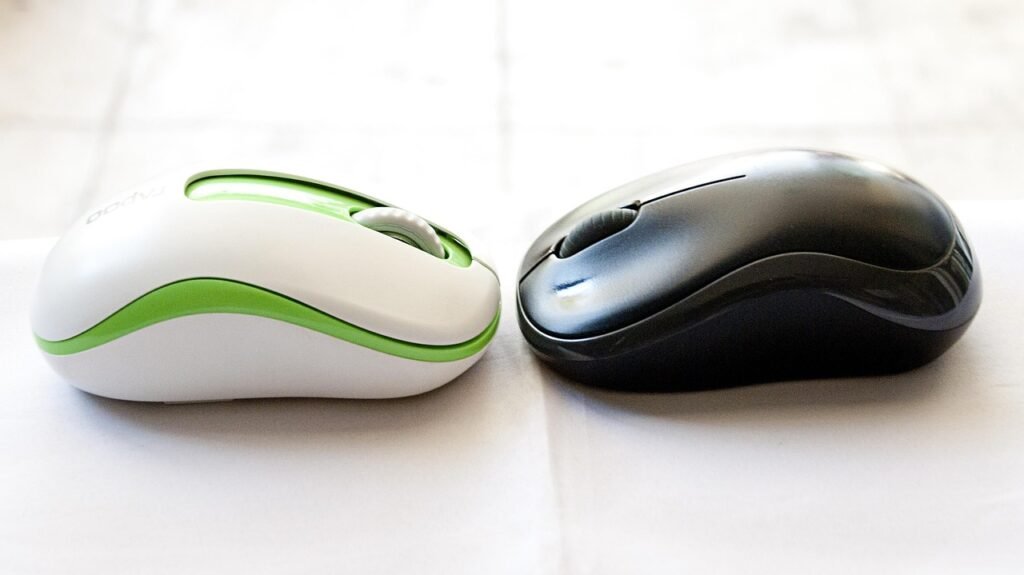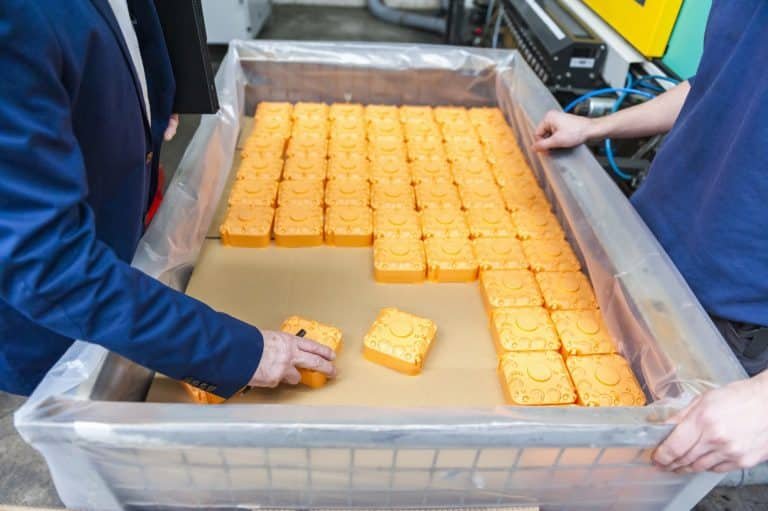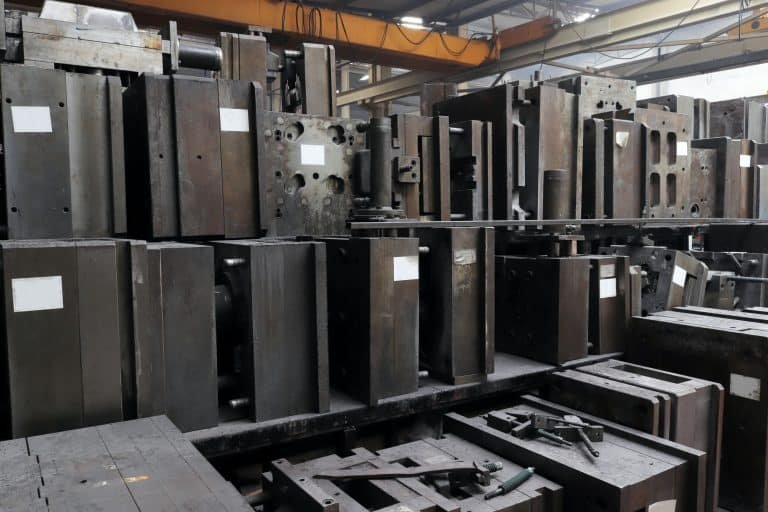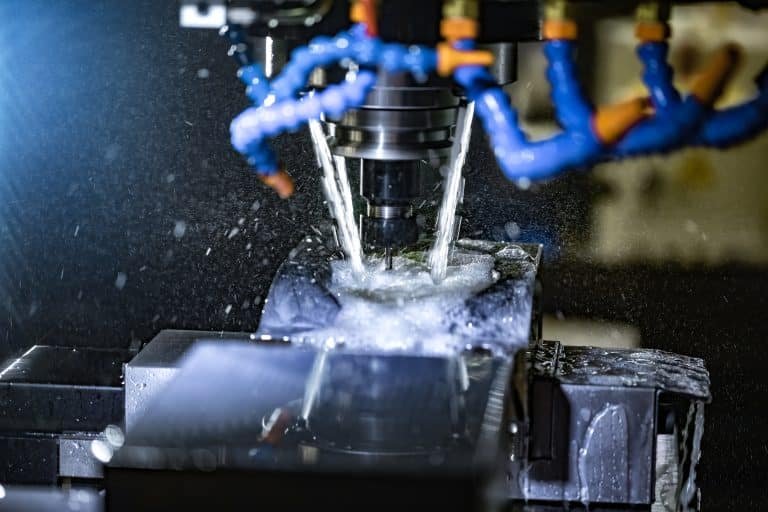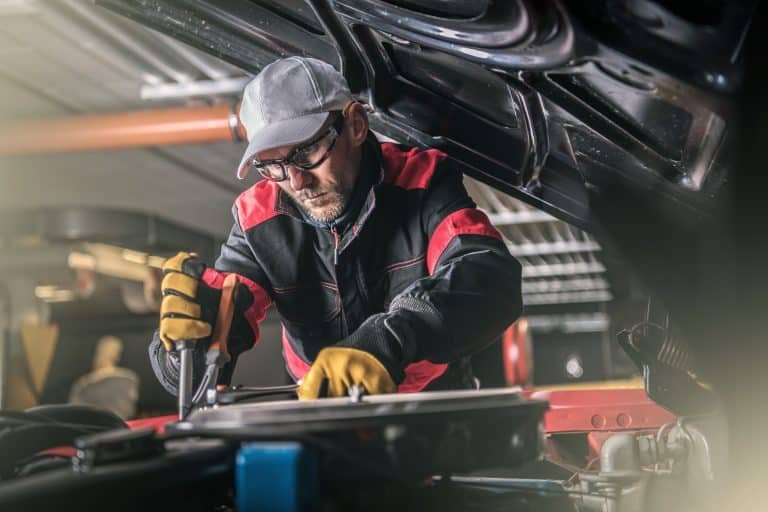Future Trends in Injection Molding
The injection molding industry is continuously evolving, driven by advancements in technology and materials. As we look toward the future, several key trends are poised to transform the landscape of injection molding. These trends include using new materials, increased automation, and the integration of injection molding with other manufacturing processes. In this blog post, we’ll explore these trends and their potential impact on the industry.
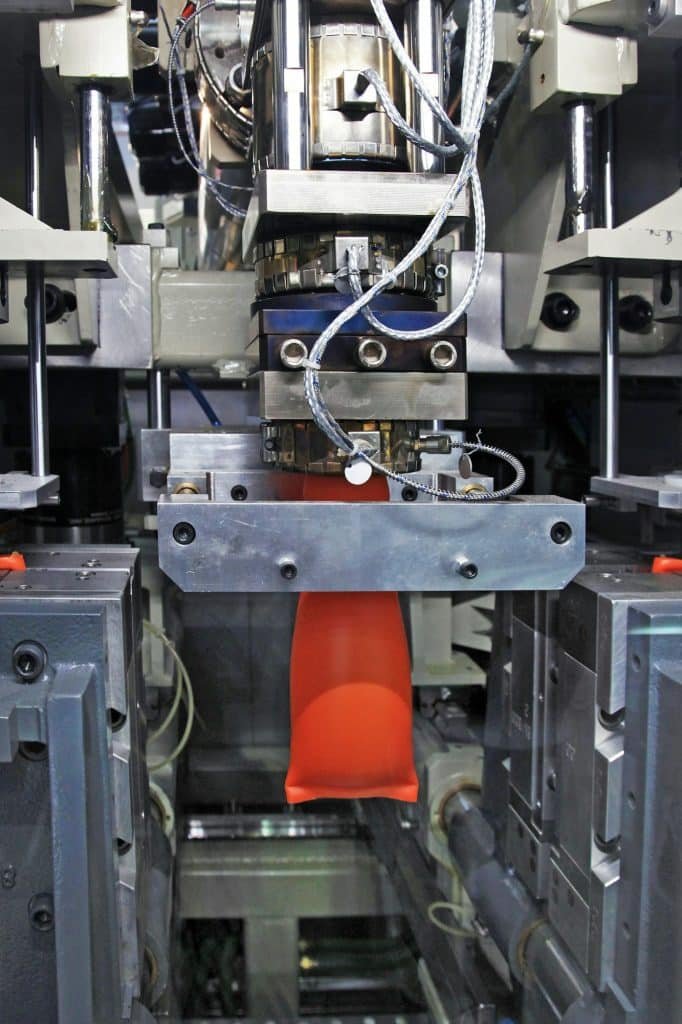
Use of New Materials
One of the most significant trends in injection molding is developing and using new materials. These advanced materials offer enhanced properties such as greater strength, flexibility, and heat resistance, which can significantly improve the performance of molded products. Innovations in bioplastics and sustainable materials are also gaining traction, driven by the growing emphasis on environmental sustainability. These materials not only reduce the carbon footprint but also meet the increasing consumer demand for eco-friendly products.
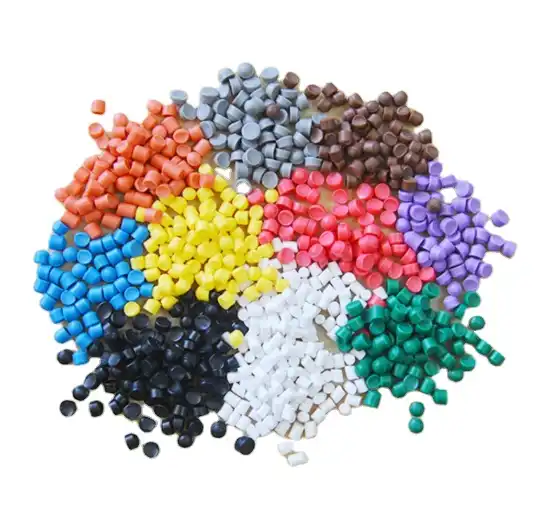
Increased Automation
Automation is revolutionizing the injection molding industry by enhancing efficiency, precision, and consistency. Advanced robotics and machine learning algorithms are being integrated into the production process, enabling real-time monitoring and quality control. Automated systems can handle complex tasks with minimal human intervention, reducing labor costs and increasing productivity. The use of smart manufacturing technologies, such as IoT and AI, allows for predictive maintenance and process optimization, further streamlining operations and reducing downtime.
Integration with Other Manufacturing Processes
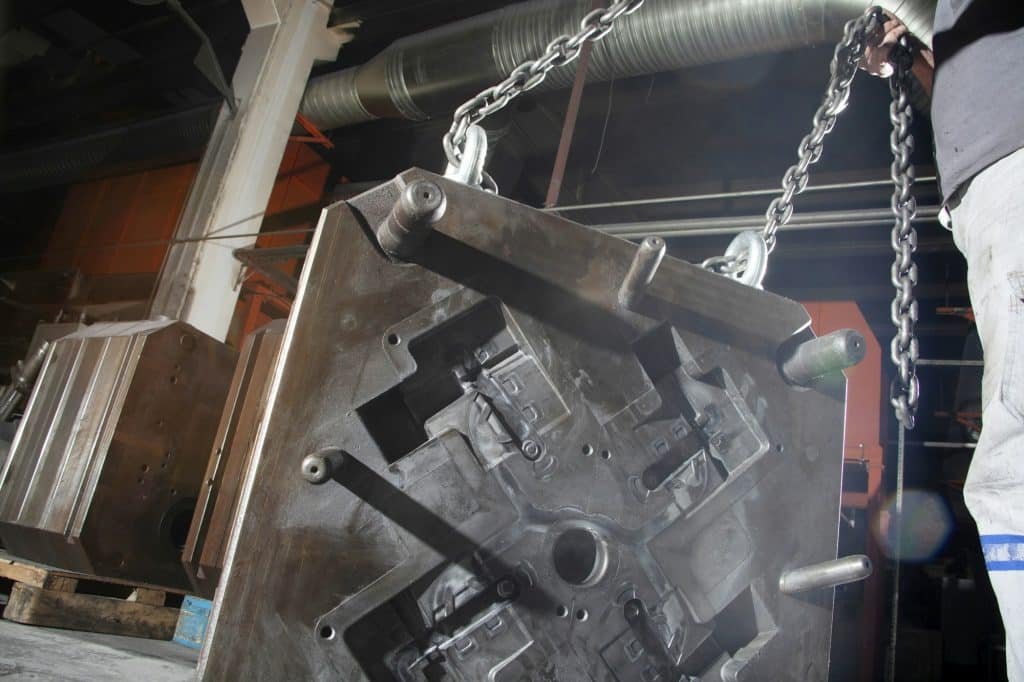
The future of injection molding lies in its integration with other manufacturing processes, creating a seamless and efficient production workflow. Hybrid manufacturing, which combines injection molding with processes like 3D printing, CNC machining, and additive manufacturing, is becoming increasingly popular. This integration allows for greater design flexibility, faster prototyping, and the production of highly complex geometries that would be challenging to achieve with traditional methods alone. By leveraging the strengths of multiple manufacturing techniques, companies can achieve higher precision, better surface finishes, and shorter lead times.
Summary
The injection molding industry is on the cusp of significant transformation, driven by the adoption of new materials, increased automation, and the integration with other manufacturing processes. These trends not only enhance the capabilities and efficiency of injection molding but also open up new possibilities for innovation and sustainability. As these trends continue to evolve, the injection molding industry will be well-positioned to meet the demands of a rapidly changing market and deliver superior products to customers.
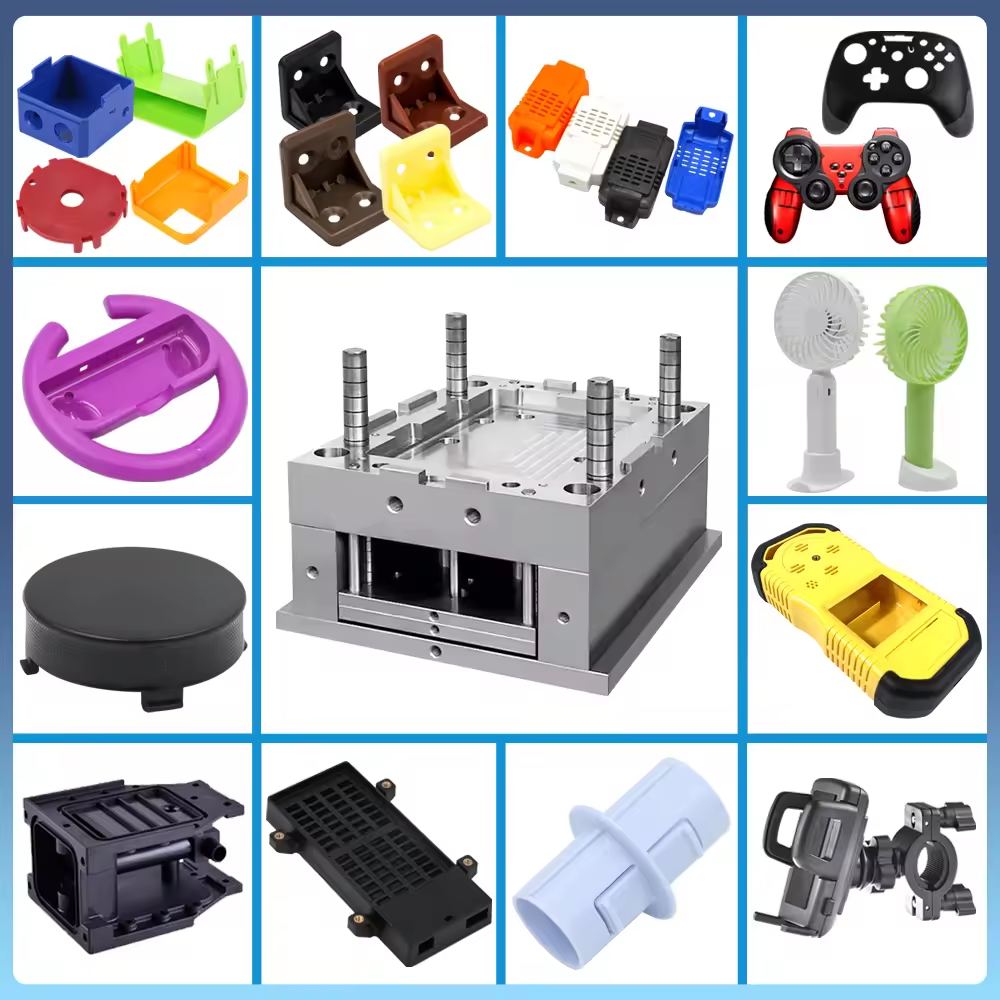
By staying ahead of these trends, companies in the injection molding industry can ensure they remain competitive and continue to provide high-quality, cost-effective solutions to their clients.
